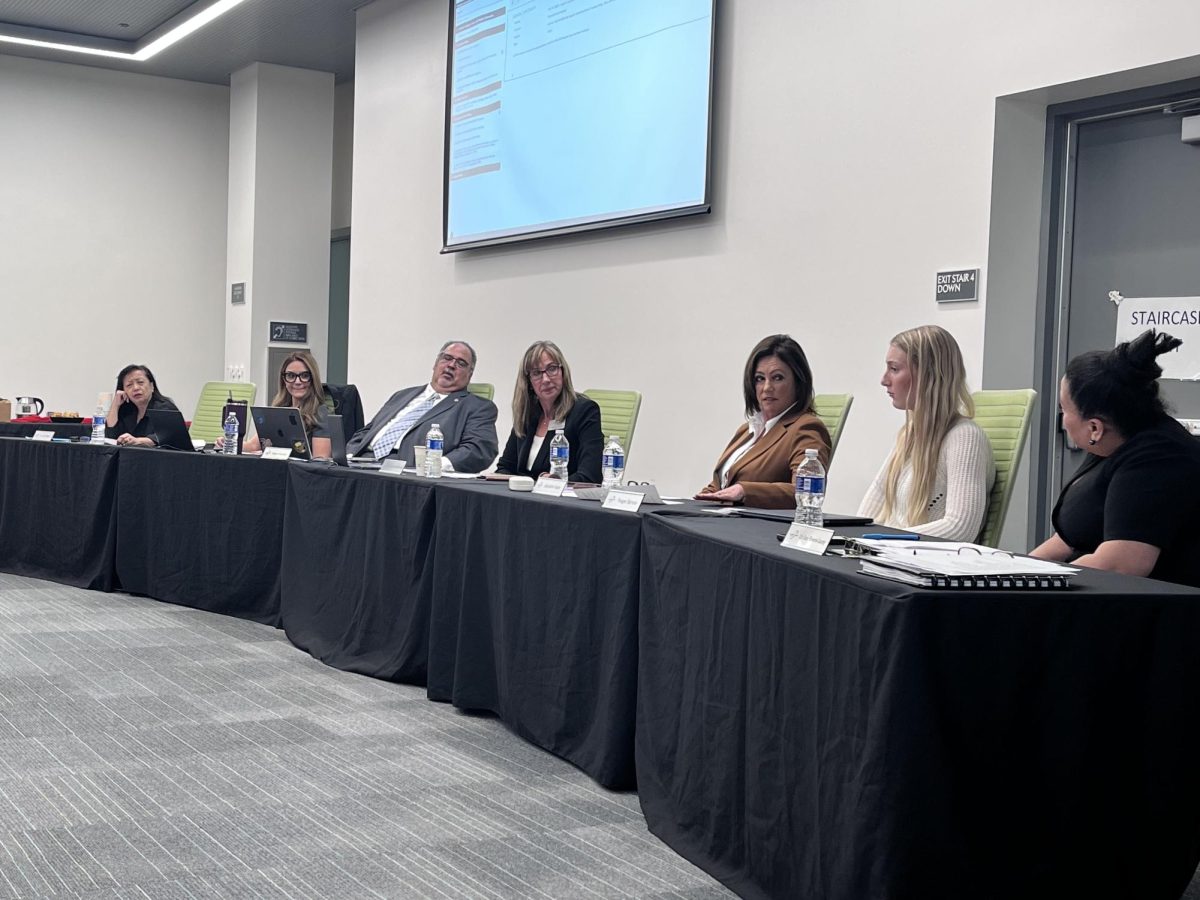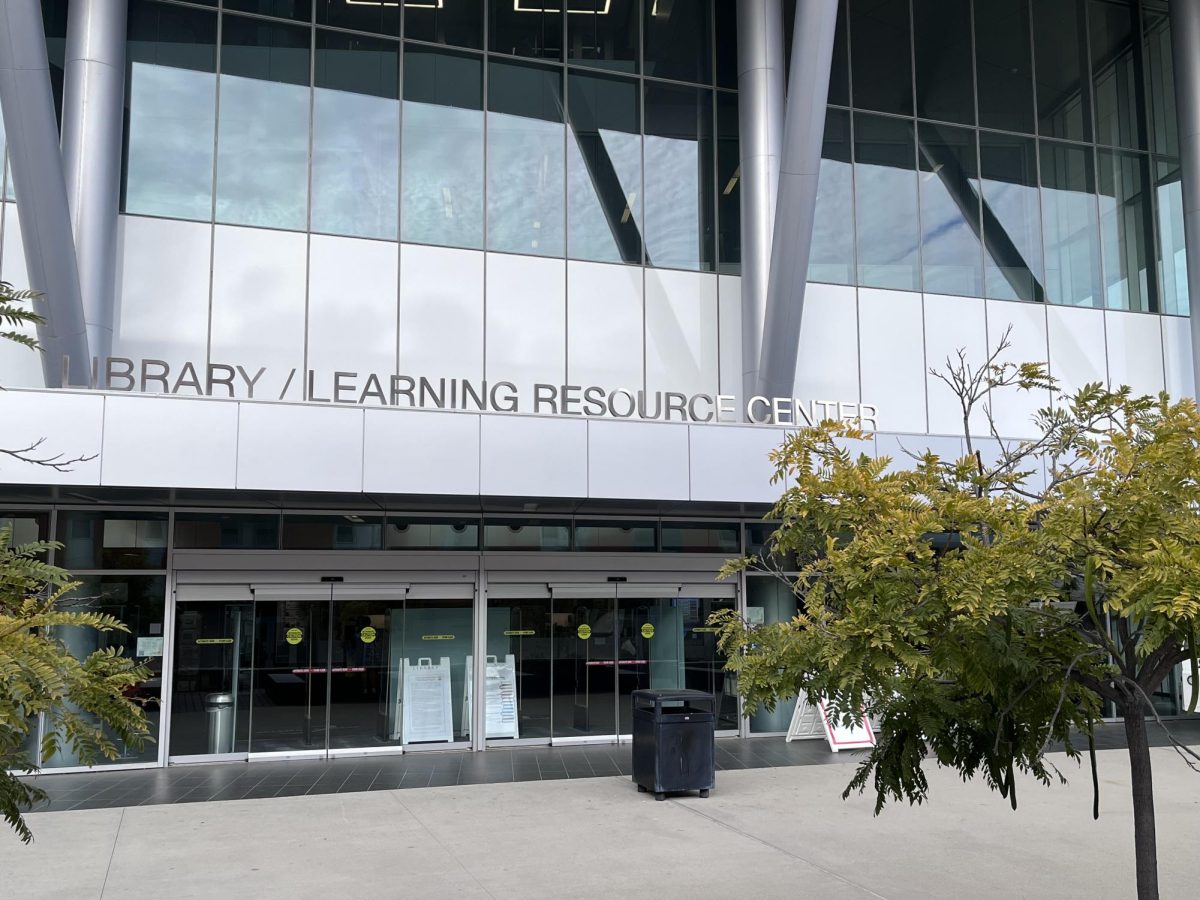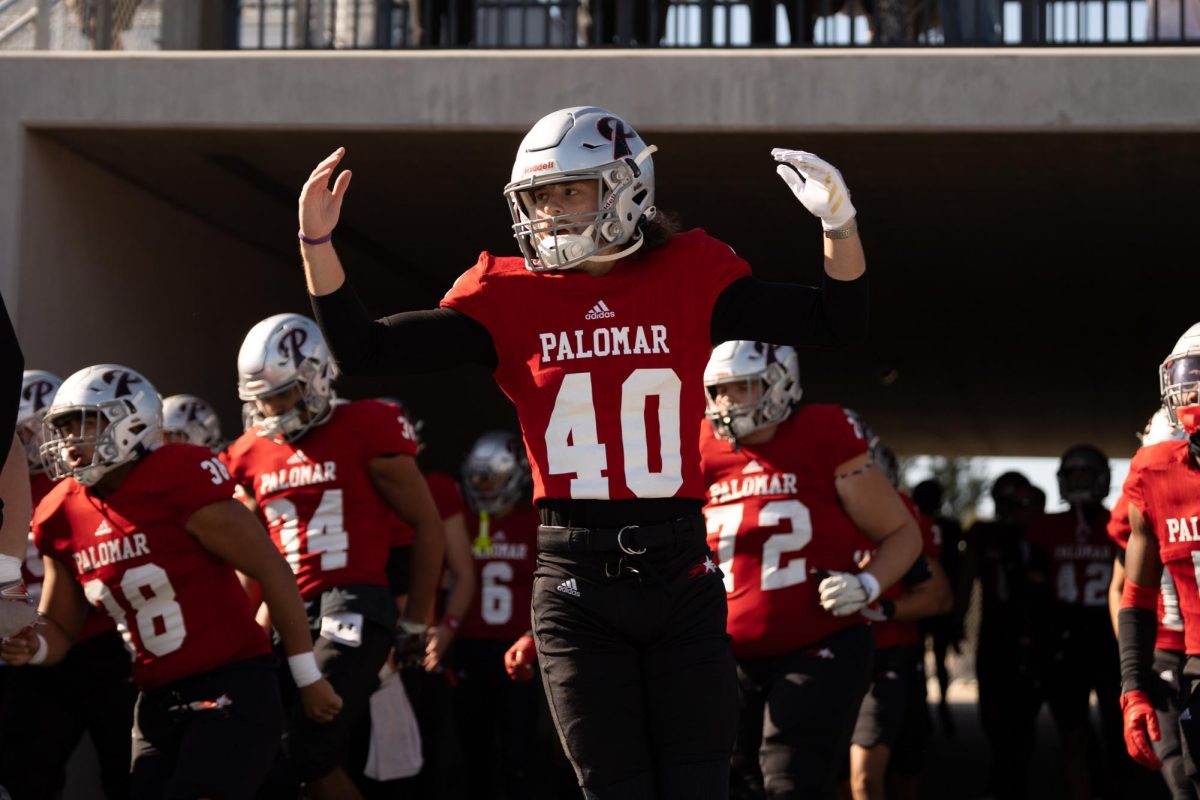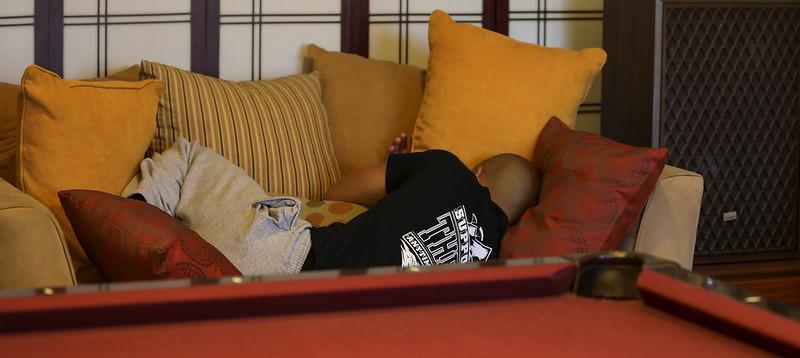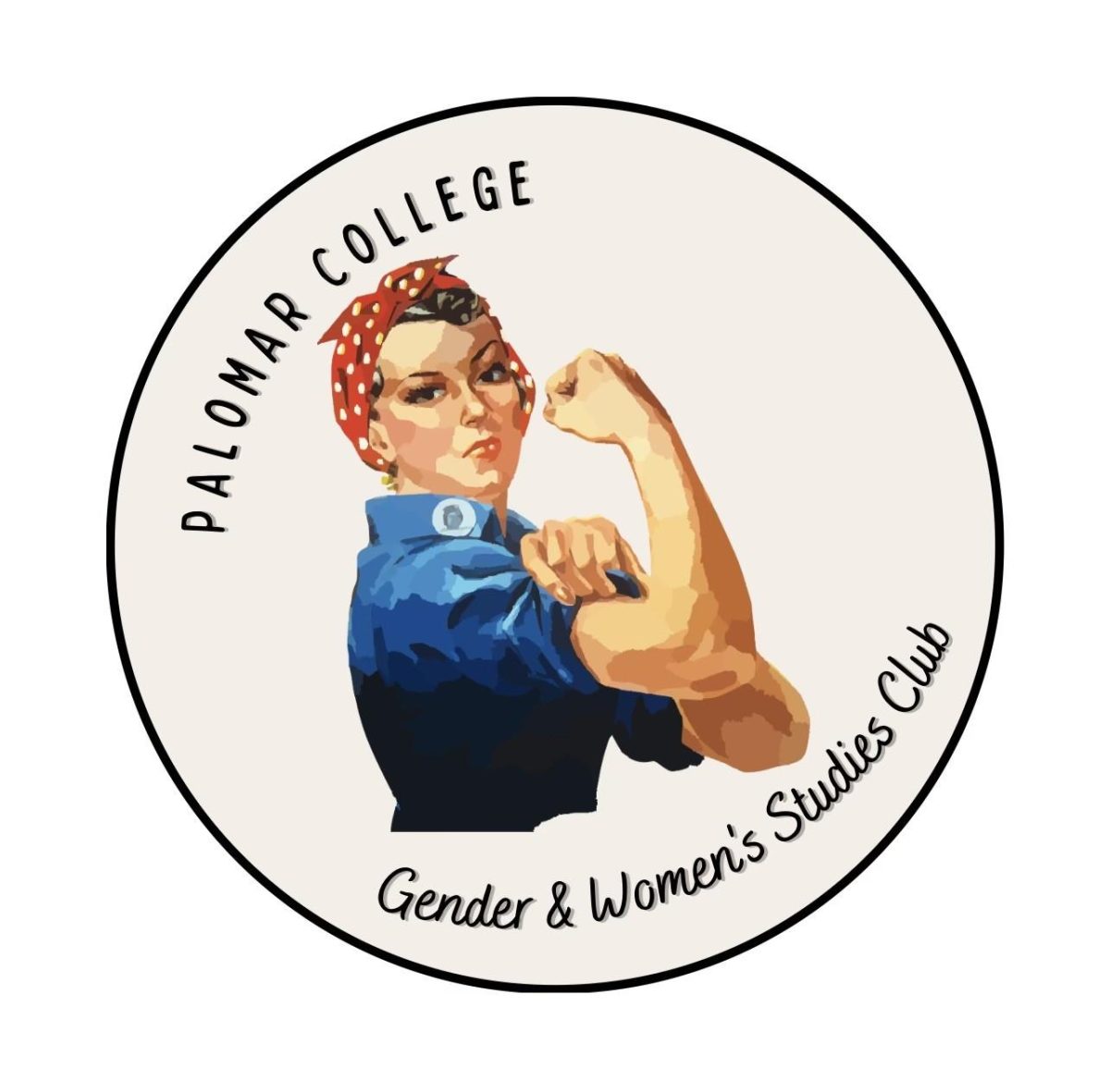Almost every person learns at some point that they function better in daily activities when they have had a sufficient amount of sleep. Workplaces are starting to recognize how beneficial it is for their employees to have an area to rest and take a nap at work.
According to an article on Grasshopper Resources, a National Sleep Foundation study suggested an annual $63 billion loss due to tired employees calling out and using sick days. Those who have started to offer nap rooms for their employees have noticed an outstanding increase in productivity and revenue. The article mentions around six percent of employers have a nap room available onsite for their employees.
Progressive social media companies such as Google and Facebook have started to introduce “nap pods” for their employees- an enclosed, sound-canceling area designed for comfortable sleep. These spherical nap chambers are convenient, and also have a built-in sound system for those who need music or sound to fall asleep. They are perfect for people who need a boost in the middle of a long workday.
If these amenities are shown to improve an employee’s performance at work, there could be a possible chance for them to improve a student’s performance at school. According to Sleep.org, five universities in the United States offer a nap room designated for their students, one being the University of Michigan. Some offer rooms and others offer nap pods located conveniently around the campus.
Palomar College student Jalia Lee had said, “I think sleep pods are a great idea for our campus. I’ve heard that taking short naps throughout the day helps to be alert, so having an area for tired students to rest would be perfect.”
Although many students agree that Palomar College should offer these amenities, other students do not believe that any of them will be beneficial in the long run.
Palomar College student Becky Reed had explained, “I do not think this would be beneficial. Being a college student requires you to build on your time management skills of balancing school, work, and any other obligations you may have. I think providing nap rooms is a recipe for disaster. You would have people taking advantage of this idea, you would be enabling students to “sleep on the job.”
In addition to speaking out about her opinion on the situation, Reed added concerns over cost, cleanliness, and safety regulations.
In conclusion, nap rooms and sleep pods are beginning to appear all over workplaces around the world, improving revenue and productivity. They may even have the possibility of appearing on our college campus in the future. As long as there is a way to work out all of the negative aspects.

